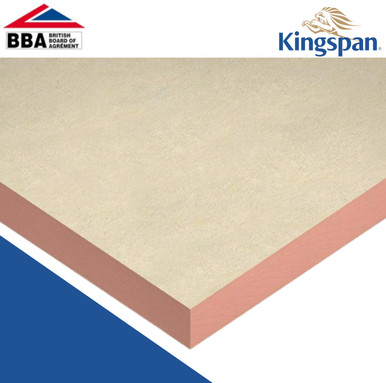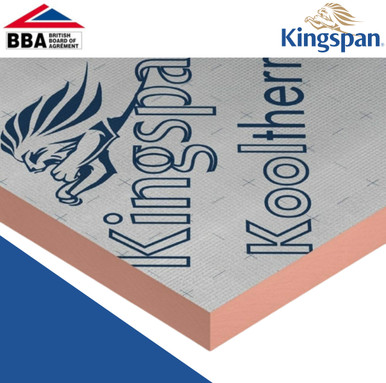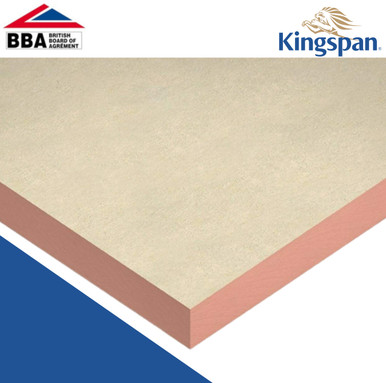Introduction
In the summer, when the temperature increases, so does the expense of cooling, especially if you use air conditioners. You may certainly use it to keep your rooms cool, but there are various alternative solutions that can help you save a lot of money on your energy costs. In terms of the environment, air conditioners may provide short relief from the heat, but they aren't the best option. Instead of using the air conditioner this summer, consider these eco-friendly options to save money.
- Insulate your home: Actis insulation and weather-stripping may be used to insulate your ceilings, walls, and attic. It adequately seals the doors and windows to keep your rooms cool for a long time by preventing heat drafts and air leaks. It has the potential to reduce your energy consumption by up to 45%. As a result, insulating your home has become a wise decision to save money on energy expenses in the future.
- Use awnings: In warmer areas, awnings have been shown to minimize solar heat gain and save up to 26% on cooling energy, potentially reducing the need for air conditioning.
- Paint your roof white: Instead of absorbing UV rays, white roofs reflect them. If you have a roof that has heat-reflective surfaces on it, you may save a lot of money.
- Get an attic fan: Even if you spend a lot of money on air conditioning, your home still retains a lot of heat. As a result, most of the time, having a proper ventilation system can eliminate the need for air conditioning.
- Use outdoor Kitchens: Cooking hot meals indoors is not a good idea in the summer since stoves may produce a lot of heat, which you don't want in your home. It doesn't make sense to heat a room with a stove and then switch on the air conditioner to cool it down. As a result, outdoor kitchens are an excellent option.
- Turn your ceiling fan counter-clockwise: Whether you are aware of it or not, turning your ceiling fan counter-clockwise improves airflow and is a truth you should be aware of. In other words, it'd feel more chill.
- Don't use incandescent bulbs: Because incandescent bulbs lose roughly 90% of their energy in the form of heat, switching to CFLs might save you money by keeping your home cool and decreasing your power bill.
- Turn on the exhaust fans: In order to keep your rooms cooler, turn on your bathroom fans or kitchen exhaust fans. Both of these can draw the hot air that rises as a result of cooking or steamy showers.
You may make these two improvements to keep your house cooler for years to come if you're really devoted to keeping it cool in the summer and saving money.
Significance of Ventilation and Insulation in Passive House Construction
Passive design is a pattern of home design that does not require auxiliary heating or cooling, and it accounts for over 40% of energy waste in UK homes. This home design makes advantage of a building's location, climate, and materials to reduce energy consumption. It adjusts to the local climate and site conditions to maximize the comfort and health of building occupants. Passive house ushers in a new era of high-performance green building that is both efficient and cost-effective in 21st-century building science.
It is impossible to overestimate the importance of passive design. This is a ground-breaking method that necessitates a methodical and scientific approach to design and construction. Passive design tries to reduce heat loss in homes by improving the building's thermal performance. Reflective or multifoil insulation, as well as suitable ventilation material in the floor, wall, attic, and window, are used to achieve this.
Ventilation's Role in Passive Design
During the day and at night, ventilation is an excellent approach to reduce the internal thermal mass of a building. If you're concerned about air quality, you should know that the law mandates it. Air movement, evaporative cooling, and thermal mass are all used in this passive cooling design concept. As a result, take the airflow through the house in mind when planning. In a nutshell, home ventilation successfully removes warm air while trapping cool air.
Insulation's role in passive design
Air leakage is responsible for 15 to 25% of winter heat loss and a considerable amount of cooling loss in buildings. Insulation is usually very important in this situation. It can isolate one side of the building's temperature, ensuring that the hot or cold air is totally trapped inside. It functions as a heat barrier, keeping the house warm in the winter and cool in the summer. Some materials are efficient at weatherproofing and soundproofing a home. Insulation used in passive design promotes year-round comfort while lowering heating and cooling costs.
In a passive design, the right location for insulation is crucial.
Experts recommend insulating the walls, ceilings, and floors, as well as creating a thermal envelope throughout the house. To properly transfer the energy, it should have a strong combination of reflective and bulk insulation. Kingspan insulation, as well as stumps and joist frames, can be used to insulate the floor. The optimum level of insulation, as well as the type to choose: bulk, reflective, or composite, is also determined by the climatic conditions.
Insulation and ventilation are both smart choices in passive house design. Two of them circulate air throughout the house, transporting heat from the outside and trampling it inside. When compared to other types of construction, passive house construction has a high rate of success. As a result, get the best materials online and create a home that does not rely on mechanical devices to save energy.






